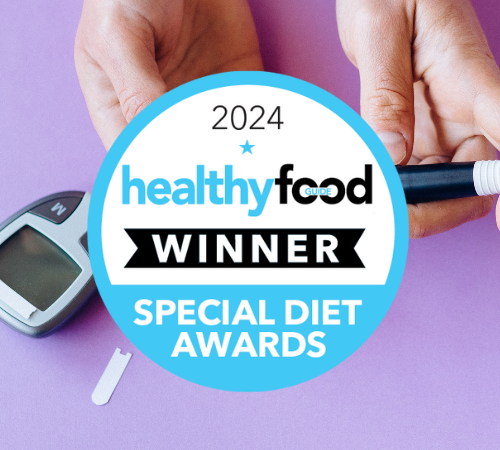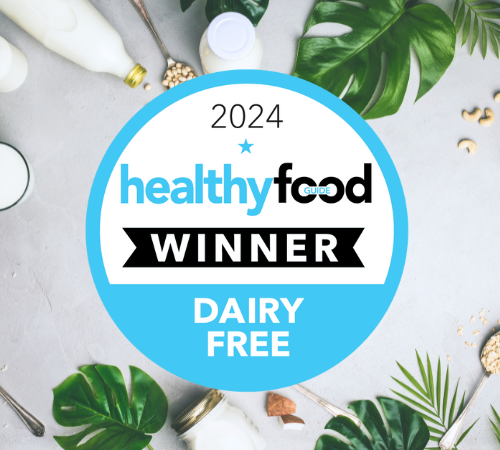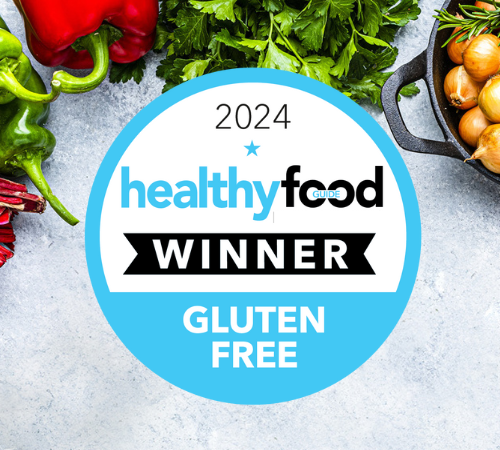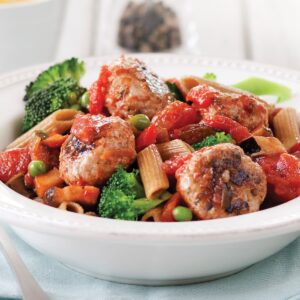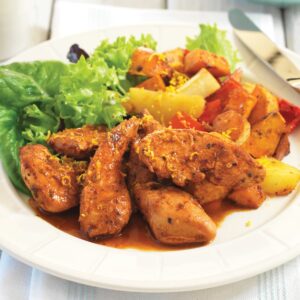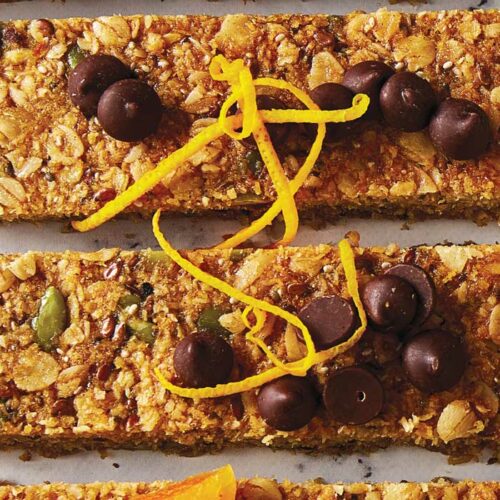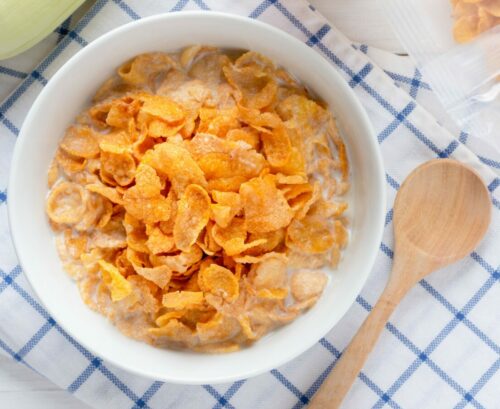
Most children have a favourite breakfast cereal, but is it the healthiest way to start their day? We reveal the best options to help power a day of learning and play.
Dietitians are regularly asked to name the best breakfast cereals for kids, so if you’re confused by the endless options available, you’re not alone. To give your family a nutritious morning meal, here’s what you need to know about building a healthy breakfast bowl.
The breakfast club
What’s on offer in the breakfast cereal aisle:
➜ Bricks
One of the healthiest of the bunch, brick-style cereals are usually made with wholegrain wheat and little else. A good source of gut-loving fibre, they are often low in added sugar.
➜ Flakes
Healthier versions are made with whole grains, such as wholegrain wheat, corn, oats, brown rice and barley. Less healthy versions contain refined grains like white wheat flour and white rice, and also sugary extras like honey and maple syrup.
➜ Muesli, clusters and granola
They may have a healthy halo but are not always the best choice. Some varieties are made with honey, golden syrup, coconut and other oils to help bind them together, so can be particularly high in added sugars and saturated fat. Your best buy in this category is natural, untoasted muesli.
➜ Porridge
Unflavoured porridge made with rolled or steel-cut oats are the healthier choices. Quick oats are finely cut and digested faster, so not as satisfying. Flavoured quick oat sachets can also have added sugars. Porridge pouches with almonds, chia seeds and pepitas help to boost heart-healthy fats.
Be selective
Despite what many people think, breakfast cereals can be a super-nutritious choice. Of course, some are less healthy than others, but low-sugar, wholegrain varieties provide hunger-busting fibre and low-GI carbohydrates to help kids stay energised until the lunch bell rings.
To help choose the best cereal for your little one, look for the following on packaging:
- A simple ingredients list that includes whole grains such as wholegrain wheat, corn and oats.
- Low in added sugar: Look for less than 15g sugar per 100g. If the cereal includes dried fruit, a little more sugar is okay.
- High in fibre: This means having at least 5g fibre per 100g.
Cereal extras
Breakfast cereal isn’t eaten on its own and what you include with it plays an important role in determining the quality of your kids’ breakfast. To boost healthfulness, HFG recommends pairing a cereal-based breakfast with each of the following:
➜ Cow’s milk or yoghurt
These dairy additions are rich in hunger-busting protein and bone-strengthening calcium. If dairy isn’t suitable, opt for a calcium-fortified soy alternative.
➜ Fresh fruit
Think passionfruit pulp, sliced banana and fresh berries. Fresh fruit provides a hint of natural sweetness and
is jam-packed with a variety of disease-fighting antioxidants.
➜ Nuts and seeds
If the cereal doesn’t already contain them, these offer plant-based protein and plenty of good-for-you fats.
How healthy are on-the-go breakfast drinks?
They may be quick, convenient and popular among kids, but liquid breakfast drinks are not an ‘everyday’ meal. Made with water, oils and sweeteners, they certainly don’t resemble a whole food meal. While they’re perfectly fine every now and then, they should not feature regularly in kids’ breakfasts.
For more advice on cereal, we recommend: How to choose breakfast cereals and Everyday shopping: Breakfast cereals.
www.healthyfood.com


